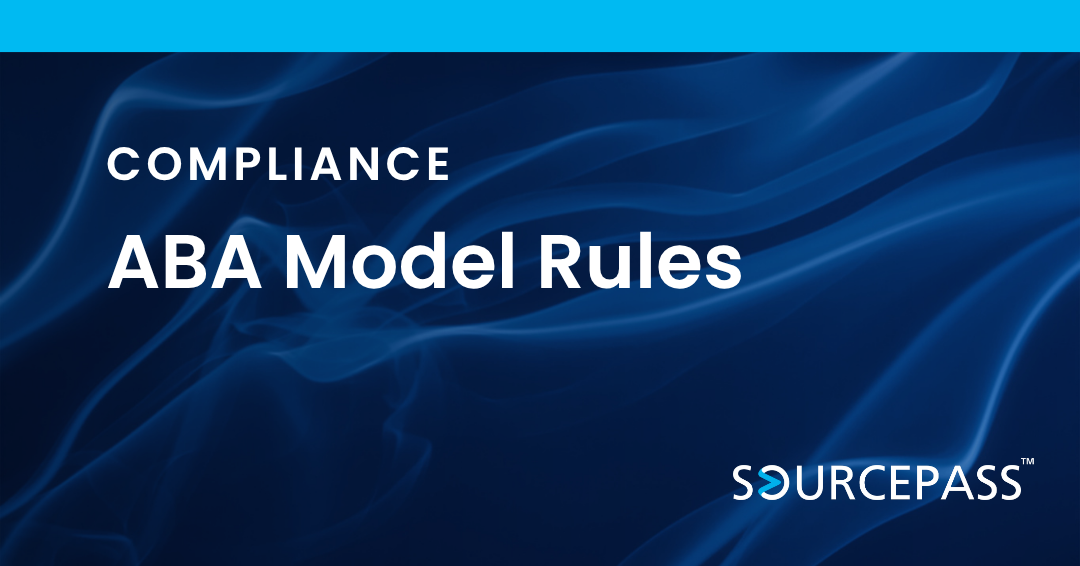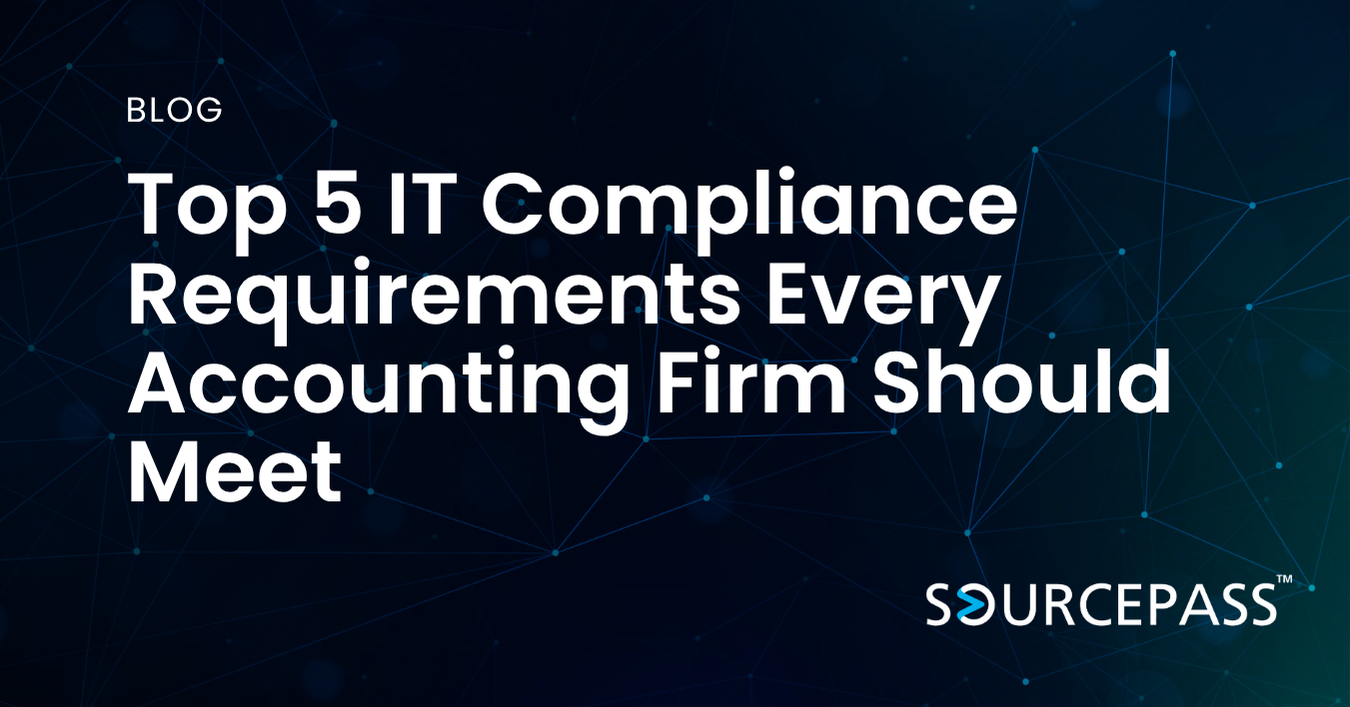Understanding the ABA Model Rules of Professional Conduct: Cybersecurity & IT Compliance for Legal Professionals
Jul 11, 2025 Alex Davis Compliance Regulations 4 min read



Cybersecurity is a growing concern for professionals handling sensitive and confidential data, and the legal industry is no exception. The American Bar Association (ABA) Model Rules of Professional Conduct set the ethical standards for attorneys across the United States, including specific guidance on how lawyers must handle client data, cybersecurity risks, and technology-related responsibilities.
In this article, we will explore:
- What the ABA Model Rules of Professional Conduct are
- The industries affected by these rules
- Compliance requirements and key components
- How IT and cybersecurity professionals play a role in ensuring law firms and legal professionals stay compliant
What Are the ABA Model Rules of Professional Conduct?
The ABA Model Rules of Professional Conduct are ethical guidelines established by the American Bar Association (ABA) to govern the professional conduct of attorneys in the U.S. These rules serve as the foundation for legal ethics and have been adopted (with modifications) by most U.S. states.
One of the most important aspects of the ABA Model Rules relates to confidentiality and technology. As lawyers increasingly rely on digital tools, cloud storage, and email communications, cybersecurity and IT compliance have become crucial components of legal ethics.
Key rules related to cybersecurity and technology include:
- Rule 1.1 (Competence) – Lawyers must understand the risks of using technology in legal practice.
- Rule 1.6 (Confidentiality of Information) – Attorneys must take reasonable steps to prevent unauthorized access to client information.
- Rule 5.3 (Responsibilities Regarding Nonlawyer Assistance) – Law firms must ensure third-party vendors, including IT providers, comply with ethical obligations.
- Rule 1.15 (Safeguarding Client Property) – Lawyers must protect client funds and data against cybersecurity threats.
These rules establish a duty for attorneys to maintain technological competence and protect client confidentiality—which means strong IT security measures must be in place.
Industries Affected by the ABA Model Rules
While the ABA Model Rules primarily apply to the legal industry, they also impact related professions that handle legal documents, client data, and confidential business information.
- Law Firms & Legal Professionals
-
- Law firms must ensure secure communication, data protection, and compliance with cybersecurity best practices.
-
- Lawyers must protect confidential client data when using email, cloud storage, and legal tech solutions.
- Legal Tech & SaaS Providers
-
- Companies offering legal software, case management systems, and cloud storage for law firms must meet strict security standards.
-
- ABA compliance is often required for contract lifecycle management (CLM), e-discovery, and document management solutions.
- Government & Regulatory Bodies
-
- Public sector legal departments handling sensitive case files must comply with ABA guidelines and government cybersecurity frameworks (e.g., NIST 800-171, FedRAMP).
- Financial & Accounting Services for Law Firms
-
- Firms managing escrow accounts, client funds, and financial transactions must align with ABA Rule 1.15 and cybersecurity best practices to prevent fraud.
- Third-Party IT & Cybersecurity Service Providers
-
- Law firms working with IT support, cloud providers, and cybersecurity consultants must ensure third-party vendors comply with ABA ethical rules (per Rule 5.3).
Compliance Requirements & Key Components
To comply with ABA Model Rules, law firms and legal professionals must follow best practices in cybersecurity, data protection, and IT governance.
1. Cybersecurity & Data Protection
ABA Rule 1.6 requires attorneys to take reasonable steps to protect client data. Compliance includes:
- Data Encryption – Encrypting client files, emails, and communications to prevent unauthorized access.
- Secure Cloud Storage – Using ABA-compliant cloud providers that meet SOC 2, ISO 27001, or FedRAMP standards.
- Access Controls – Implementing multi-factor authentication (MFA) and role-based access control (RBAC) to protect sensitive information.
- Incident Response Plans – Establishing cyber incident response policies to quickly address data breaches.
2. Email & Communication Security
Lawyers frequently communicate via email, messaging apps, and virtual meetings, which require strong security measures:
- End-to-End Encryption – Protecting client communications from interception.
- Secure File Sharing – Using encrypted legal document management systems.
- Anti-Phishing Measures – Training staff to identify phishing attacks and business email compromise (BEC) scams.
3. Vendor & Third-Party Risk Management
Under Rule 5.3, law firms must ensure that third-party vendors, including IT providers, cloud storage providers, and e-discovery platforms, follow cybersecurity best practices. Compliance includes:
- Conducting vendor risk assessments.
- Ensuring SOC 2 compliance for cloud service providers.
- Reviewing cyber liability insurance (CLI) coverage for IT vendors.
4. Employee Training & Cybersecurity Awareness
Legal professionals must understand and mitigate cybersecurity risks. Compliance measures include:
- Mandatory cybersecurity training on ABA rules and cyber threat awareness.
- Simulated phishing exercises to reduce the risk of email-based attacks.
- Regular security audits to ensure compliance with ABA and NIST cybersecurity standards.
5. Compliance with State Bar Regulations
Each U.S. state has its own rules based on the ABA Model Rules. Law firms must:
- Follow state bar requirements for cybersecurity.
- Ensure compliance with client confidentiality laws in their jurisdiction.
- Stay updated on legal ethics opinions regarding cybersecurity.
How IT & Cybersecurity Teams Help Ensure ABA Compliance
IT and cybersecurity professionals play a critical role in helping law firms and attorneys comply with ABA cybersecurity regulations. Some key responsibilities include:
1. Implementing Cybersecurity Best Practices
- Deploy firewalls, endpoint protection, and intrusion detection systems (IDS).
- Enforce strong password policies and multi-factor authentication (MFA).
2. Securing Legal Software & Cloud Applications
- Ensure legal practice management software is secure and SOC 2 compliant.
- Implement DLP (Data Loss Prevention) solutions to prevent data leaks.
3. Conducting Cybersecurity Audits & Risk Assessments
- Perform regular penetration testing to identify vulnerabilities.
- Assess compliance with ABA, NIST, and ISO 27001 security frameworks.
4. Monitoring & Responding to Security Threats
- Implement SIEM (Security Information and Event Management) tools to detect cyber threats.
- Establish 24/7 cybersecurity monitoring for legal networks.
5. Developing Incident Response & Business Continuity Plans
- Create legal-specific disaster recovery plans.
- Train attorneys and staff on cybersecurity policies and breach response.
Conclusion
The ABA Model Rules of Professional Conduct establish ethical and cybersecurity requirements for legal professionals. As law firms rely more on cloud technology, digital communications, and legal software, cybersecurity compliance is essential to protect client confidentiality and prevent data breaches.
IT and cybersecurity professionals play a key role in ensuring law firms meet ABA standards, by implementing strong security measures, training staff, and securing legal tech infrastructure. By aligning cybersecurity strategies with ABA rules, legal professionals can safeguard client data, avoid ethical violations, and maintain trust in an increasingly digital legal landscape.
For law firms looking to enhance their cybersecurity posture, partnering with cybersecurity experts and compliance specialists can ensure full ABA compliance while protecting sensitive legal data.
Subscribe To
Sourcepass Insights
Sourcepass Insights
Stay in the loop and never miss out on the latest updates by subscribing to our newsletter today!
.png?width=500&height=100&name=White%20Logo%20-%20Transparent%20Tag%20(3).png)



